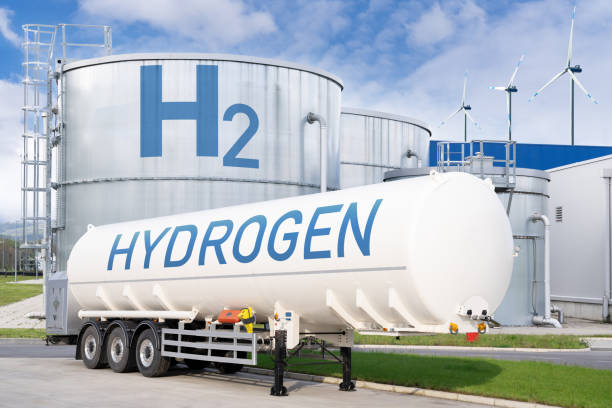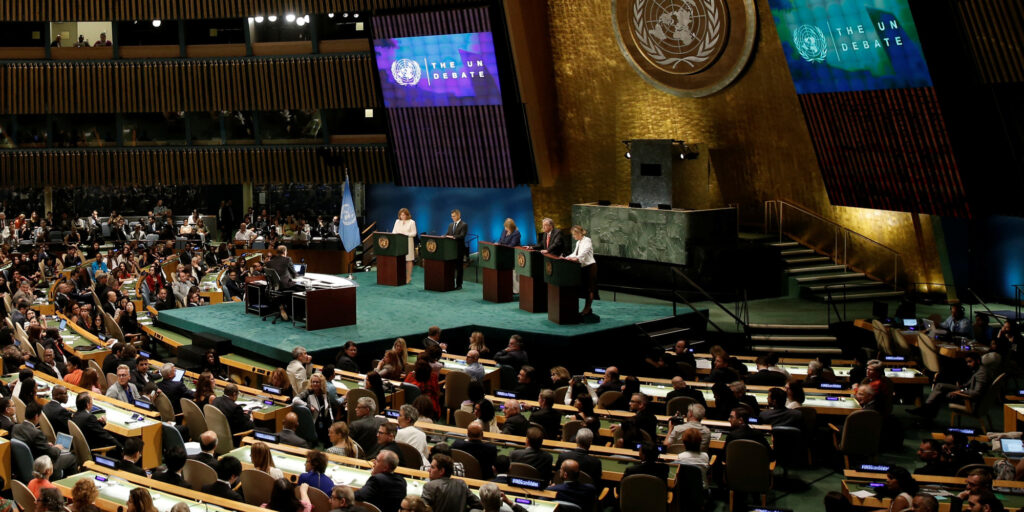Electricity demands in West African countries have rapidly increased over the last decades. However, meeting these demands has been a formidable challenge for the region. The Economic Community of West African States (ECOWAS) estimated electricity demand to double its present levels by 2030 with an average annual growth rate of 6%. This situation is why the ECOWAS heralded the pool of power resources in the region to facilitate cross-border electricity trade.
WAPP: a specialised institution?
ECOWAS member states established the WAPP to curtail regional power deficits in 2000. By 2006, The ECOWAS Heads of State and Government adopted the Article of Agreement in Niamey, which recognised WAPP as a specialised institution. The ECOWAS Regional Electricity Regulatory Authority (ERERA), in conjunction with the National Association of Regulatory Utility Commissioners (NARUC), was established to develop a functional model on system reliability and electricity market design to provide market operations standards based on the existing national electricity markets within the ECOWAS region. This structure allows member and non-member states to retain regulatory sovereignty over their national grids and cross-border interconnectors. A cursory examination of WAPP’s institutional set-up also reveals this intention. The WAPP was designed to augment and not replace domestic electricity markets and systems.
Existing WAPP projects
Several inter-country electricity trading have been launched since WAPP’s inception in 2006. Some of these WAPP projects include:
- Birnin Kebbi (Nigeria) – Niamey (Niger Republic) – Ougadougou (Burkina Faso) – Bemebreke (Benin Republic) 330KV WAPP North Core Transmission Project.
- 2nd Line 330KV Ikeja West (Nigeria) – Sakete (Benin Republic) Transmission Line.
- The Organisation of the Development of the River Senegal line connecting Senegal, Mali, and Mauritania to a hydropower plant in Senegal enabled trading from 2002. The Organisation for the Development of the Gambia River linked the Gambia, Guinea, Guinea Bissau, and Senegal.
However, these cross-border electricity markets were inefficient due to three primary reasons. First, there were no clear regional market rules. Secondly, electricity supply contracts were not securitised but politicised. Thirdly, the limited reach of the market resulted in more discrepancies between countries engaged in trading and those not. To resolve these discrepancies, WAPP consolidated regional market rules and processes in 2015 to harmonise and launch the regional electricity market (REM) three years later.
WAPP: from a Nigerian lens
Nigeria’s liberalisation of its electricity market impacts the feasibility of WAPP. Although WAPP has recorded several milestones, such as the synchronism of the interconnected system to advance works on the 225 kV Cote d’Ivoire – Liberia – Sierra Leone – Guinea interconnection project. The Nigerian state governments’ legal authority to create their state electricity laws and markets makes coordination more bureaucratic and complex. The Electricity Act 2021 devolved powers to the states because of the poor coordination of market processes at the federal level. Therefore, advancing a West African regional pool would involve a circle back to central coordination, which is unlikely. Thus, even though the institution has presented its objective as primarily technical rather than political, coordinating market processes for the power pool may become more bureaucratic and complex as states exercise their regulatory autonomy.
A West Africa Power Pool is beneficial due to the significant economies of scale advantages. However, achieving WAPP’s infrastructural objective(s), though presented as purely technical, also necessitates political balancing and will from member and non-member states.



